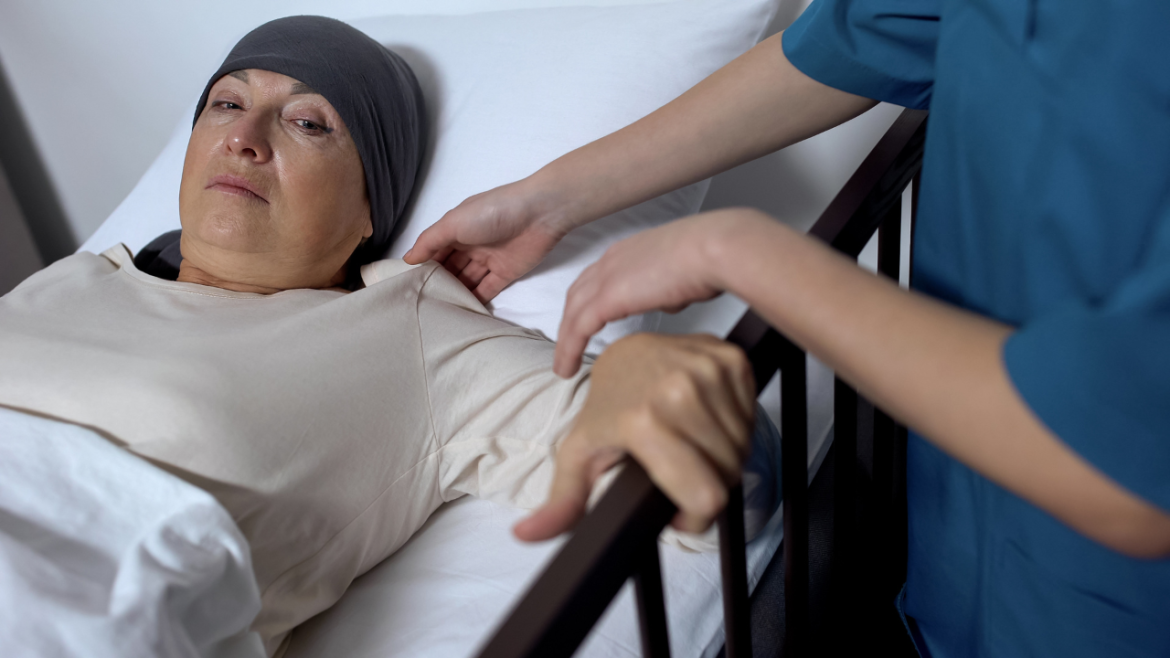Did you know that Leading Edge Senior Care has a Dementia Support Group? We meet monthly in Mesa. For more details <click here>
The Art Of Repositioning A Bed Bound Senior
Caring for bed-bound seniors requires not just medical expertise but also an understanding of the art of repositioning. It’s an intricate process that involves physical care, emotional support, and a keen eye for details. Ensuring the comfort and dignity of bed-bound seniors necessitates mastering this skill, enhancing their overall well-being.
Understanding the Importance:
- Pressure Ulcer Prevention: Repositioning helps prevent pressure ulcers, a common issue among immobile seniors. Regular changes in position relieve pressure on specific body parts, reducing the risk of skin breakdown.
- Pain Management: Bed-bound seniors often experience pain due to prolonged immobility. Repositioning aids in managing discomfort by altering pressure points and promoting better blood circulation.
- Respiratory Health: Proper positioning can enhance breathing, reducing the risk of respiratory issues that may arise from restricted lung expansion.
Mastering the Art:
- Regular Schedule: Establish a repositioning schedule tailored to the senior’s comfort. Consistency ensures the body adapts to position changes, minimizing discomfort.
- Use of Mobility Aids: Utilize specialized equipment like bed rails, trapeze bars, and slide sheets. These aids facilitate smooth repositioning while ensuring the senior’s safety.
- Communication: Maintain open communication with the senior. Explain each step, ensuring they understand the process, fostering trust and cooperation.
- Gentle Techniques: Reposition with gentle, slow movements, allowing the senior’s body to adjust naturally. Abrupt motions can cause discomfort and anxiety.
- Posture Support: Use pillows and cushions strategically. Properly placed pillows support natural body curves, easing pressure points and enhancing comfort.
Emotional Well-being:
- Dignity and Respect: Repositioning can be embarrassing for seniors. Approach the task with respect, preserving their dignity by maintaining privacy and using gentle language.
- Engage in Conversation: Use repositioning as an opportunity for conversation. Discuss their interests, memories, and dreams, providing emotional connection during the process.
- Encourage Independence: Whenever possible, involve the senior in the process. Even small contributions, like adjusting a pillow, empower them, boosting self-esteem.
Monitoring and Adjusting:
- Observation: Regularly assess the senior’s skin condition, looking for signs of pressure ulcers. Address any redness or irritation promptly, adjusting repositioning techniques if necessary.
- Consult Healthcare Professionals: Seek advice from healthcare providers, especially if the senior has specific medical conditions. Tailor repositioning techniques to align with their healthcare needs.
- Comfort Checks: Regularly ask the senior about their comfort levels. Adjust the repositioning schedule and techniques based on their feedback, ensuring personalized care.
Conclusion:
Mastering the art of repositioning a bed-bound senior goes beyond physical movements; it encompasses empathy, communication, and a deep understanding of the individual’s needs. By approaching this task with care, dignity, and expertise, caregivers can significantly enhance the quality of life for those under their care, making a profound difference in their daily experience.

